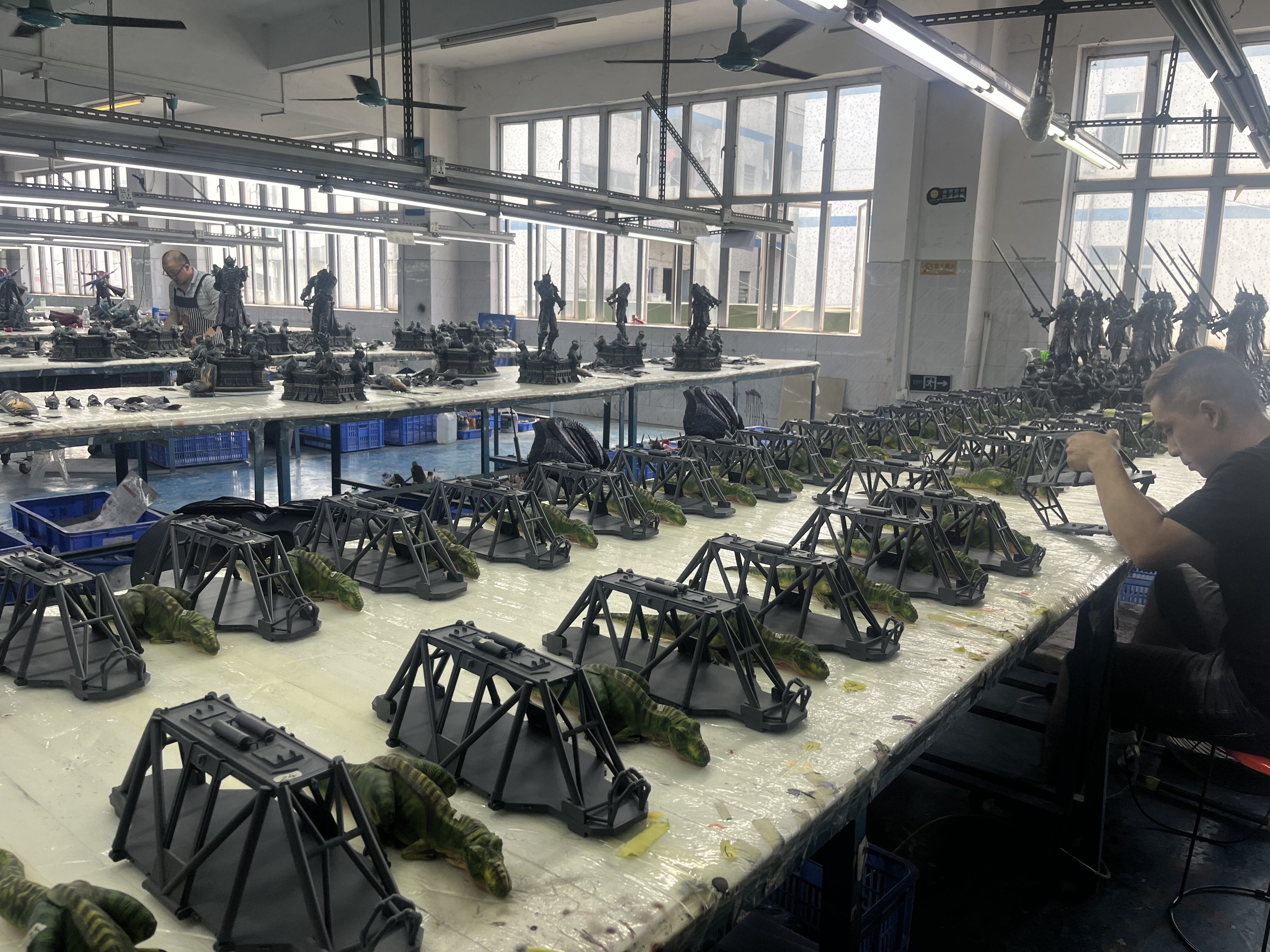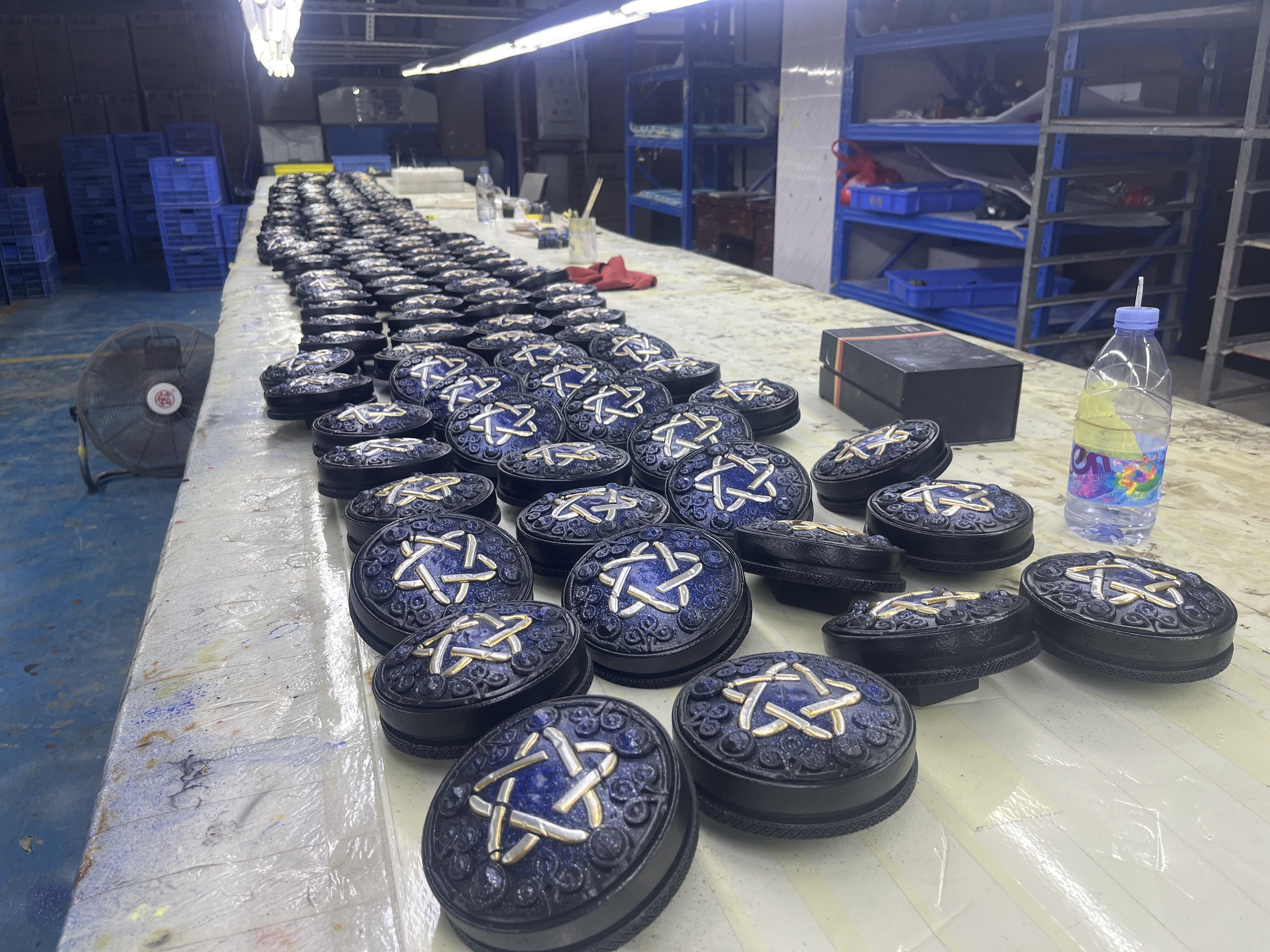Preserving the Value of Your Prized Collectibles
For enthusiasts and collectors alike, maintaining a collection model represents more than just caring for a physical item - it's about preserving history, passion, and investment. Whether you're showcasing die-cast automobiles, intricate military vessels, or detailed architectural replicas, proper care ensures your collection model retains both its aesthetic appeal and market value for years to come.
The art of collection model maintenance combines both technical expertise and gentle handling. Each piece in your collection tells a unique story, and with proper care, these stories can be passed down through generations. Let's explore comprehensive strategies to protect and preserve your valuable pieces.
Environment and Display Considerations
Optimal Display Conditions
Creating the perfect environment for your collection model begins with controlling temperature and humidity. The ideal temperature range falls between 65-75°F (18-24°C), while relative humidity should be maintained between 45-55%. Fluctuations in these conditions can lead to material degradation, paint damage, or structural warping.
UV protection is equally crucial, as prolonged exposure to direct sunlight can cause fading and material deterioration. Consider using UV-resistant display cases or placing your collection model away from windows and direct light sources. High-quality LED lighting provides excellent illumination without harmful radiation.
Display Solutions and Storage Systems
Investing in proper display solutions protects your collection model while showcasing its beauty. Glass or acrylic display cases offer superior protection against dust and accidental contact. These cases should include proper ventilation to prevent moisture buildup, which could lead to mold or corrosion.
For stored pieces, use acid-free materials and containers designed specifically for collectibles. Custom-fitted foam inserts prevent movement during handling, while silica gel packets help control moisture levels. Always store your collection model upright to prevent stress on delicate components.
Cleaning and Handling Protocols
Safe Cleaning Techniques
Regular cleaning maintains your collection model's appearance and prevents long-term damage. Use soft, lint-free microfiber cloths for dusting, and avoid household cleaning products that could react with materials. For stubborn dirt, a slight dampening of the cloth with distilled water may help, but ensure no moisture remains on the model.
Different materials require specific cleaning approaches. Metal parts might benefit from specialized metal cleaners, while painted surfaces need gentler treatment. Always test cleaning products on a small, hidden area first to ensure compatibility with your collection model's materials.
Proper Handling Methods
Always handle your collection model with clean, dry hands or wear cotton gloves to prevent oil transfer from skin contact. Support larger models from their base or strongest points, never by delicate details or protruding parts. When moving pieces, use both hands and maintain a stable grip.
Create a designated cleaning and maintenance area with proper lighting and a soft work surface. Keep tools organized and easily accessible, and never rush the cleaning process. Patience and attention to detail are essential for preserving your collection model's condition.
Restoration and Repair Considerations
Professional Restoration Services
When damage occurs, professional restoration can help maintain your collection model's value. Look for specialists with experience in your specific type of collectibles. They should provide detailed documentation of their restoration process and use reversible techniques that won't compromise future restoration efforts.
Before committing to restoration, consider the impact on value. Some collectors prefer original condition even with minor flaws, while others prioritize pristine appearance. Document any restoration work in your collection records, as this information affects future valuation.

Minor Repairs and Touch-ups
Simple repairs might be manageable for experienced collectors, but proceed with caution. Use appropriate adhesives for loose parts, matching the original materials whenever possible. Touch-up paints should precisely match original colors, and application requires steady hands and proper techniques.
Keep a repair kit with essential supplies, including appropriate adhesives, fine brushes, and touch-up materials specific to your collection model type. Document all repairs, including dates and materials used, to maintain accurate collection records.
Documentation and Insurance
Record Keeping Systems
Maintain detailed records of your collection model inventory, including purchase information, condition reports, and maintenance history. Photograph each piece from multiple angles, documenting any identifying marks or unique features. Digital cataloging systems can help organize this information effectively.
Regular condition assessments help track changes over time and identify potential issues early. Update your records after any cleaning, repair, or restoration work. Include details about storage locations and any special handling requirements.
Insurance Coverage Options
Protect your investment with appropriate insurance coverage. Standard homeowner's policies may not adequately cover valuable collectibles. Consider specialized collectors' insurance that accounts for market value fluctuations and provides comprehensive protection.
Regular appraisals help ensure proper coverage levels and document value for insurance purposes. Keep appraisal records updated, especially for rare or particularly valuable pieces in your collection model portfolio.
Frequently Asked Questions
How often should I clean my collection model?
Regular dusting should occur weekly using appropriate tools and techniques. Deep cleaning may be necessary every 3-6 months, depending on display conditions and environmental factors. Always assess the need for cleaning based on visual inspection rather than strict schedules.
What causes the most damage to collection models?
The most common sources of damage include improper handling, exposure to sunlight, extreme temperature variations, and high humidity levels. Dust accumulation can also lead to long-term deterioration if not properly managed.
When should I seek professional help for restoration?
Professional restoration is recommended for significant damage, valuable pieces, or when repairs require specialized skills or tools. If you're unsure about proper repair techniques or risk compromising the value of your collection model, consult an expert.
How do I transport my collection model safely?
Use original packaging when available, or invest in specialized transport cases with custom foam inserts. Wrap pieces individually in acid-free materials, secure all moving parts, and always transport in an upright position. Consider professional shipping services for valuable or delicate items.
